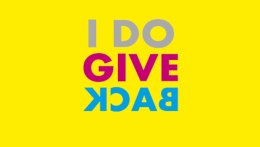Anna-Delia Knipper (née Herbstmann)
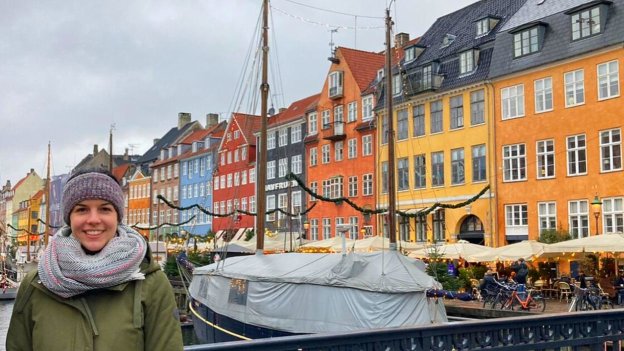 Privat
Privat
Anna-Delia Herbstmann on a canal tour through Copenhagen
"The DAAD Stiftung's ‘Prof Bingel Scholarship’ allowed me to develop myself academically and personally in Denmark. Sharing ideas directly with my international colleagues there created synergies that I cannot emphasise enough, especially at a time when the conditions of the pandemic imposed many restrictions on us all."
Anna-Delia Herbstmann is a German PhD student who was able to conduct research in Denmark thanks to the DAAD-Stiftung's Prof. Bingel Scholarship.
In the following, she shares cultural and scientific insights that particularly shaped her stay:
In the middle of my PhD studies, I had the remarkable opportunity to undertake a research stay at the Statens Serum Institut (SSI). While I was there I was able at the same time to expand my subject knowledge by taking courses in predictive microbiology and quantitative microbial risk assessment (QMRA) at the Technical University of Denmark (DTU). Courses like these are not yet offered in Germany, so it was my only chance to develop my knowledge in these fields.
My doctoral thesis can be divided into two main subsections: generating data in the lab through experimental studies on the one hand, and evaluating that data by developing microbiological models on the other. In recent years, the field of mathematical modelling around microbiological problems has become the focus of more and more research. The models that have been developed make it possible to respond quickly to specific questions. This is relevant to a range of user groups and stakeholders such as academics, risk assessors and risk managers, which in turn can help improve consumer protection.
During my stay at SSI I worked on developing a model for quantitative microbial risk assessment (QMRA) for Campylobacter along the raw milk product chain. I had previously generated the data on which the model was based through my lab work in Germany. I was therefore able to focus on the modelling element of my doctoral thesis while I was in Denmark.
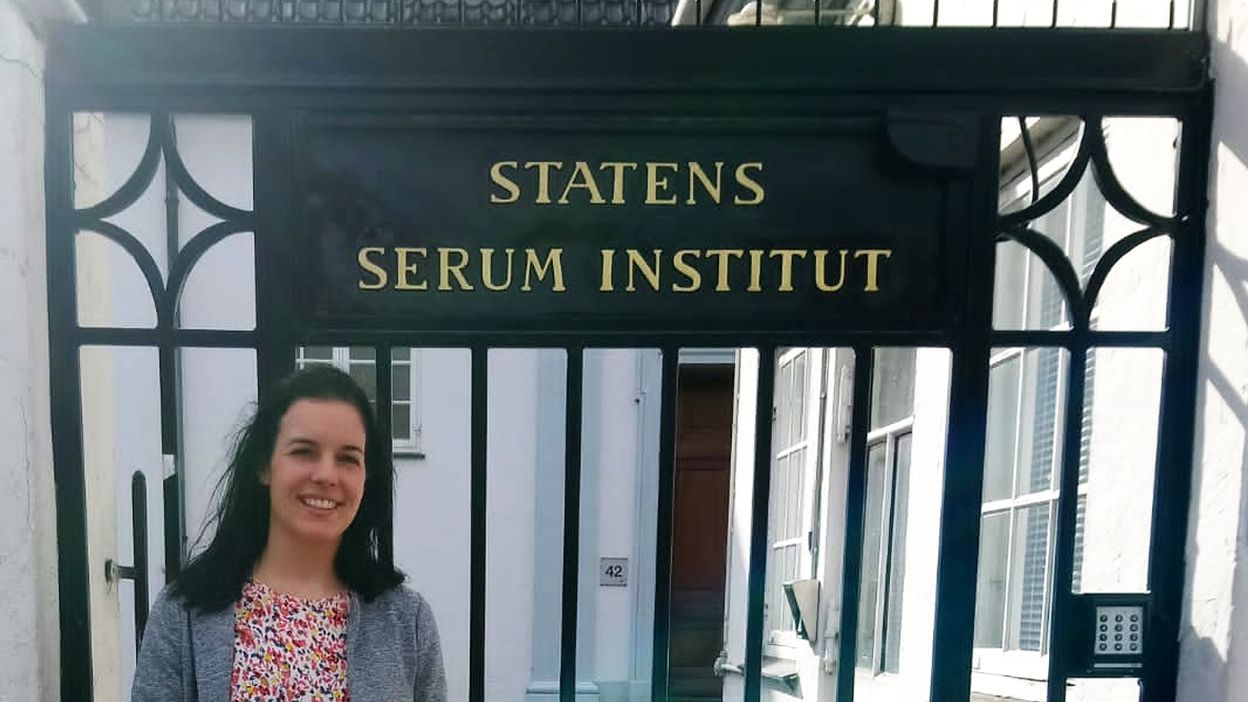
Privat
Anna-Delia Herbstmann in front of the gate to the Statens Serum Institut, where she spent her research stay
The working conditions at both the SSI and the DTU were exceptional. On my first working day, SSI provided me with my own laptop and a workspace that boasted two additional monitors. Given the fact I was spending a lot of time at my desk developing models while I was there, this was very pleasant.
In addition to this, I took part in regular meetings with the subject team, which meant I was directly integrated into the group. I gave a presentation on my work at SSI in one of these meetings at the end of my stay. I spent at least as much time at DTU as I did at SSI. The courses I took there were taught very well and very clearly. For both courses, we did the majority of our work in groups. This was very enjoyable since it makes it easier to come into contact with the students.
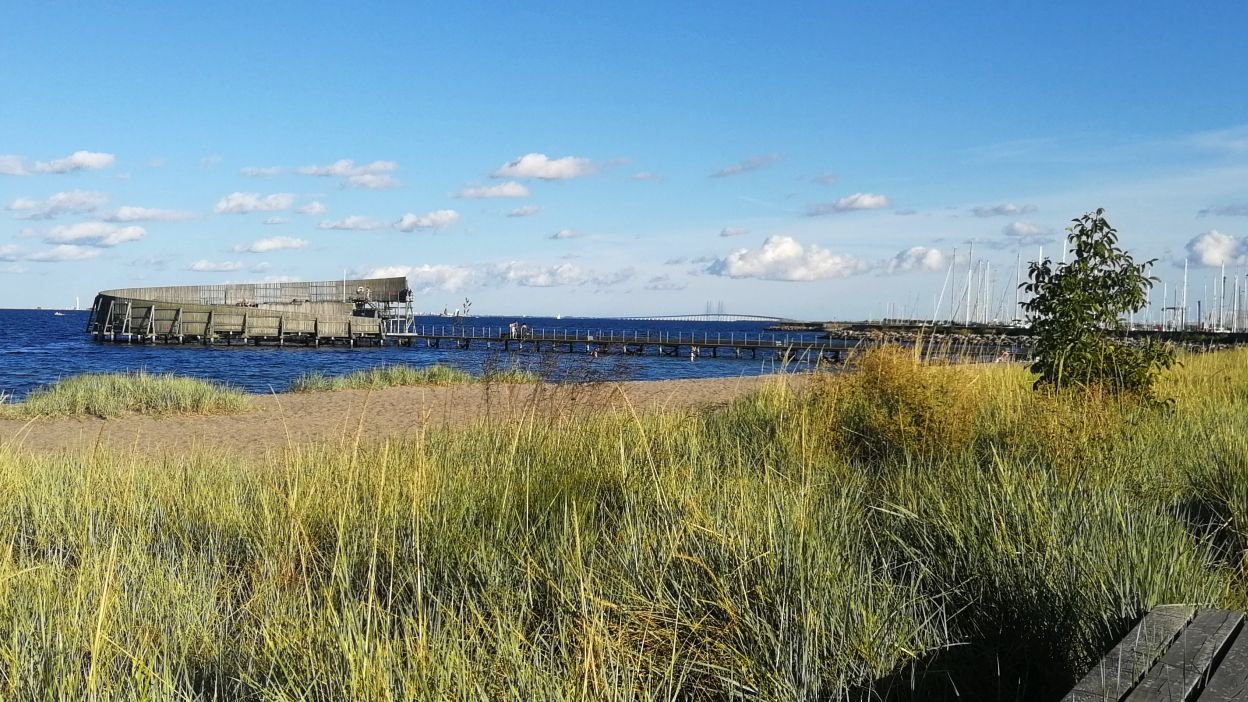
Privat
The beach close by was often a welcome change of scenery
I was very lucky to be able to complete my stay abroad during a period when I experienced few restrictions due to the Covid-19 pandemic. I was able to complete my work at SSI and the courses at DTU fully in-person. That way I could enjoy my stay to the fullest and make the most of it.
My stay in Copenhagen was a complete success, academically and personally. During that time I was able to lay the foundations for my own QMRA model and also make valuable contacts. I put that time to use intensively on modelling. This would not have been possible in Germany due to the additional burden of my lab work. In Denmark I had the chance to shift my focus completely onto modelling, which is one of the major elements of my doctoral thesis. In addition to this, I was able to pass the two courses at DTU by taking an oral exam.
The experience of being independent in Denmark has greatly strengthened me personally. I have become more confident in how I handle my work, and also in my personal dealings with work colleagues and students. Unfortunately I was not able to learn Danish in that short period, so I had to converse in English throughout. But given the Danes’ good command of English, this was not a problem. Due to the pandemic I was not able to go on any trips outside Copenhagen. Nevertheless, I still used my time well to see a lot of Copenhagen for myself. At the beginning of my stay I went on a canal tour which gave me a good overview of the city. On the tour I picked up a great many little bits of background information about the city, from the story of the Little Mermaid, the emblem of the city, to the Black Diamond, the national library of Denmark.
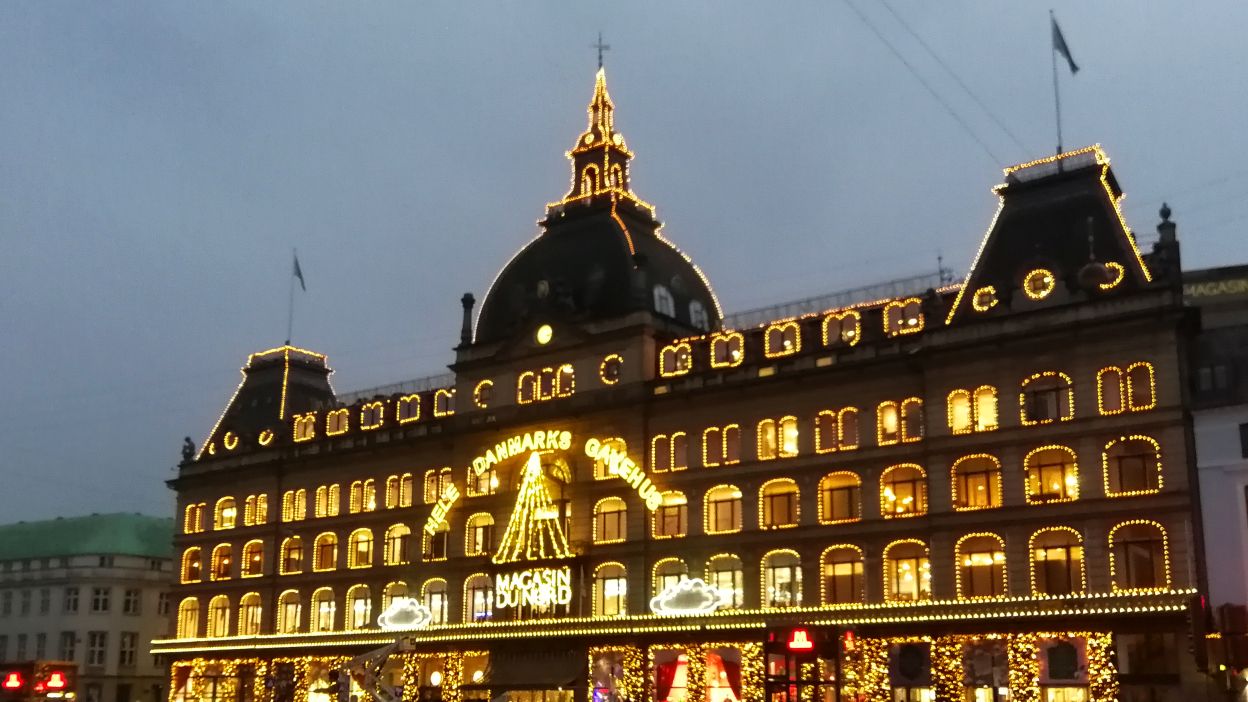
Privat
The Christmas atmosphere in Copenhagen was an invitation for city strolls
After uni I often met my classmates at the Christmas market and ate so many delicious things you couldn’t count them. Nevertheless, cinnamon rolls are still my favourite. You can buy a huge range of versions of them at any bakery in Copenhagen. I lived in a house with five housemates. Three of them were Danish by birth, and there was a guy from Argentina and a girl from South Africa. That meant we were a very mixed bunch and there was no shortage of things to talk about on our many evenings together. I was also very lucky to have a house that was not far from the sea, so I went for a lot of walks along the coast where in the distance I could see the Øresund Bridge which links Denmark and Sweden. Although the temperatures dropped sharply soon after I arrived in Denmark, a walk by the blustery sea to clear out the cobwebs was often just what I needed after a long day at work.
Before I went to Denmark I had no experience at all of mathematical modelling in connection with microbiological questions. I can’t claim to be an expert now, but I was given the chance to work with the basic knowledge I acquired and face up to new challenges!
The DAAD Stiftung’s ‘Prof Bingel Scholarship’ allowed me to develop myself academically and personally in Denmark. Sharing ideas directly with my international colleagues there created synergies that I cannot emphasise enough, especially at a time when the conditions of the pandemic imposed many restrictions on us all.
Thank you very much for this unique opportunity!
On "ScienceDirect" is a publication "Quantitative microbiological risk assessment model for Campylobacter in raw milk dairy cows in Germany" by Ms. Knipper which emerged from the time of her scholarhip stay.
As of December 2021. The German version is the original.


